Should Teeth Be Touching When Mewing
OK, so you’ve figured out where to place the tongue when mewing, but what about your teeth? Should they be touching?
According to Dr. Mike Mew and other mewing advocates, your teeth will ideally be very gently touching, or in very near contact, both when mewing and at rest. Dr. Mew calls this the ‘butterfly bite.’ That said, he also stresses that comfort is the most important consideration when it comes to your bite.
Note: Many dentists say your teeth should not touch when your mouth is closed. That said, there’s more agreement between Dr. Mew and mainstream dentists on this issue than you might realize, which we’ll cover below.
But before we jump into how your teeth relate to mewing and whether they should be touching, let’s cover what dentists call ‘occlusion.’
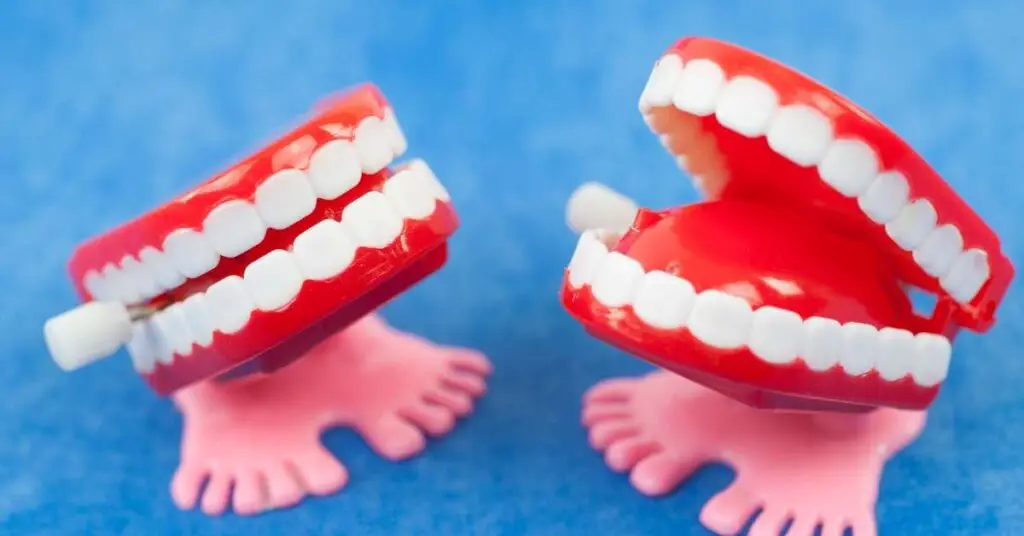
What Is Occlusion?
Occlusion is the fancy word for when your upper teeth are touching your lower teeth.
Your ‘occlusal rest position’ is where your teeth sit when your mouth is relaxed and closed. This is sometimes also called static occlusion.
Meanwhile, ‘dynamic occlusion’ is what happens when you’re moving your jaw (typically when you’re eating and chewing).
And one more important definition before we get into where your teeth should be when you’re mewing: ‘freeway space’ is what dentists call the space between your teeth when at rest.
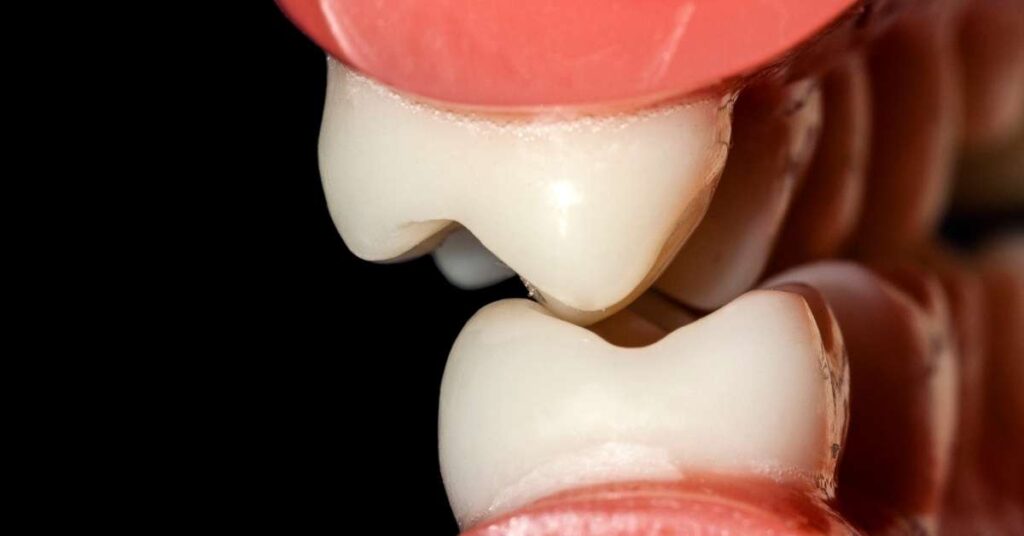
Most dentists (the London School of Facial Orthotropics included) will tell you that you should have anywhere between 1mm to 4mm of freeway space.
This contrasts slightly with Mews’ Tropic Premise, which states that the ideal facial posture is lips together, tongue on the roof of your mouth, and your teeth very gently touching.
But as we’ll explore below, deciding whether ‘to touch or not to touch’ is less important than having a comfortable bite—whether you’re mewing or not.
What Is Good Occlusion?
When you start mewing, you want to see results as soon as possible. And for many of us, we define ‘results’ as a nice chiseled jaw and an improved facial appearance.
(Related Posts: How long until you see mewing results?, Can Mewing Fix A Receding Chin?)
That said, while it’s totally legitimate to want to look better, don’t let the aesthetic benefits of mewing make you blind to the very real health benefits of this practice.
Specifically, like Dr. Mew stresses in this video, your comfort is the most important thing when it comes to where your teeth should rest.
Like Dr. Mew covers, there are three considerations when looking at your occlusion:
- Aesthetic—i.e.: does it look nice?
- Function—i.e.: can you chew your food?
- Comfort—i.e.: how does it feel when you bite or relax your mouth?
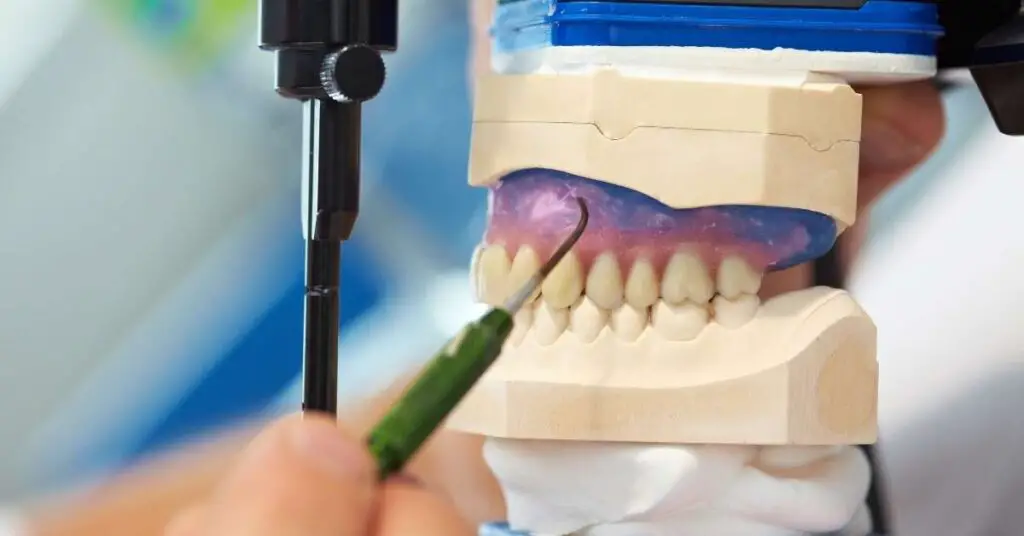
There’s no real health detriment to having crooked teeth (excepting perhaps jaw joint problems, but that’s a more complex issue).
But there is a problem when your teeth aren’t able to bite comfortably.
When teeth meet (what dentists call ‘interdigitating’), they’re supposed to lock together in a way that spreads the load of force of your bite. You’re actually adding a very large force to your whole mouth when you bite down. And so your teeth need to be able to bear that force.
So if one tooth is out of line, then that can inhibit loading, leading to a periodontal overload. That can happen if one tooth or a few teeth make premature contact with each other. This inhibits your chewing muscles, and it will likely also be uncomfortable.
“It’s important to have a comfortable, well balanced loading situation,” says Dr. Mew. Keep this in mind as you continue with your mewing practice.
Teeth Can Touch—But VERY Gently Only
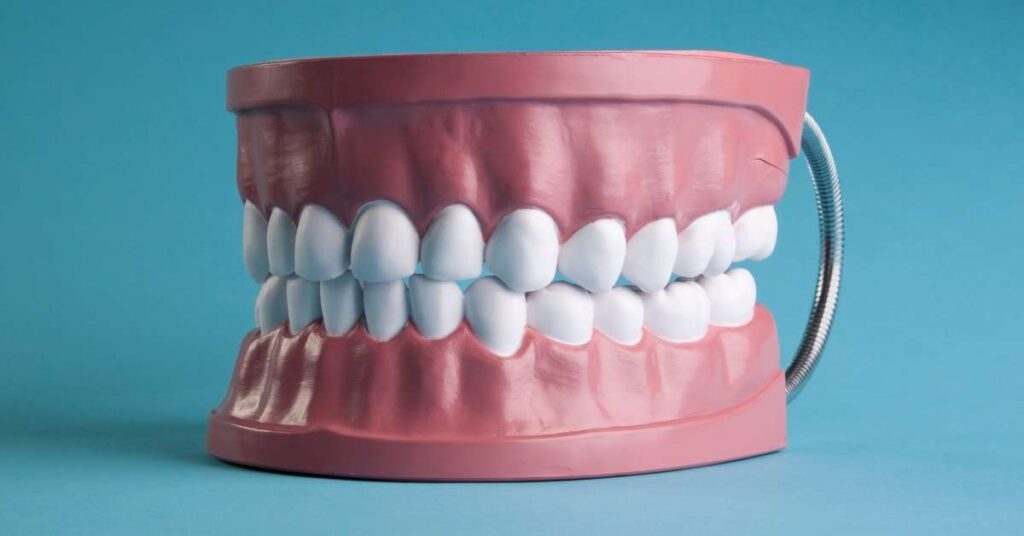
In mewing, we talk about the ‘butterfly touch’ of your upper and lower teeth, which has led to some confusion.
Like we’ve covered, mainstream dentists say you should have some freeway space between your resting teeth.
Meanwhile, mewing advocates often interpret Dr. Mew’s advice to mean that their teeth should be touching. But it’s not that straightforward.
“To create a comfortable occlusion, you need to maintain a butterfly bite, with your teeth in or near contact, with the muscles clearly balanced,” Dr Mew clearly says in this video.
In other words, Dr. Mew does not insist that your teeth absolutely touch. He just says that it’s ok if they touch, and that your teeth should be close regardless.
That’s where the ‘butterfly’ touch comes in, which I think is a bit of a misnomer that has led to some confusion in the mewing community. Yes, your teeth can/should be touching—but you should be able to get a butterfly’s wings between them.
When Occlusion Is A Problem
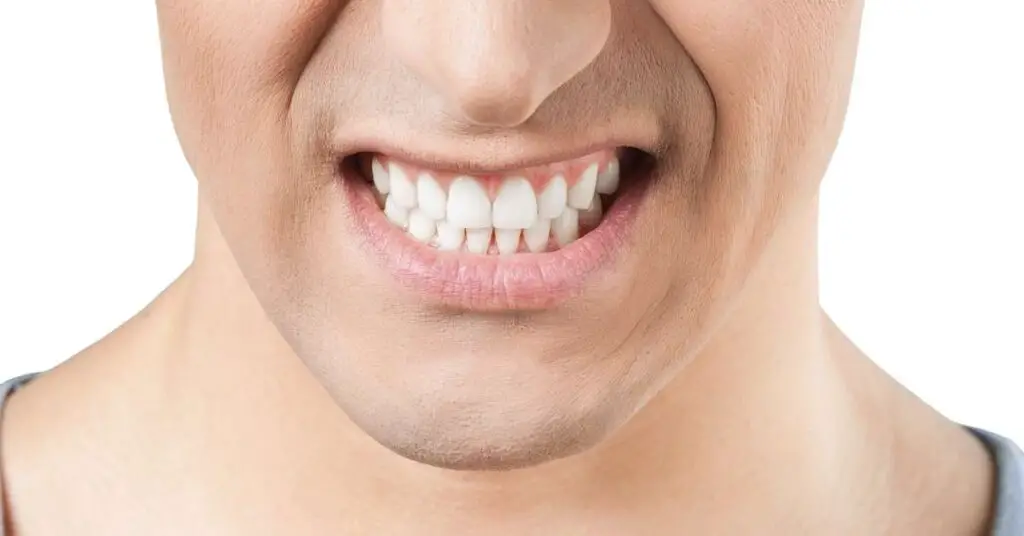
When it comes to your teeth and mewing, I like to focus on my tongue posture, keep my lips sealed, and let my teeth do what they’re going to comfortably do (which is sit really close). This is probably a good rule of thumb for most people to follow. But note that there can be some more serious issues regarding your occlusion.
Hopefully, you’ve never heard of ‘bruxism,’ because you don’t have it. Bruxism is severe tooth grinding or clenching (often, but not only, at night). And it’s a real problem, affecting anywhere from 8 to 31% of people (source).
If your teeth are in steady, grinding contact all day, then they can start to grind each other, leading to tooth loss and other problems.
If you suspect that you have bruxism, then you should seek treatment from a doctor or dentist before you start to see any real damage.
Meanwhile, if your teeth are constantly touching too tightly, it could also mean you’re engaging your cheek muscles too much. When your teeth are touching, that means your masseters and temporalis muscles (the large chewing muscles in your cheeks) are contracting slightly. Do this too strenuously or frequently, and this can lead to pain and other problems, too.
(Yes—a big focus in mewing is about using many of your lower facial muscles more. But your cheek muscles aren’t one of them).
Finally, if you can’t comfortably rest your teeth and mouth, that may indicate a bigger problem—one that mewing alone may not be able to solve. If you’re worried, you may want to (again) consult with a professional.
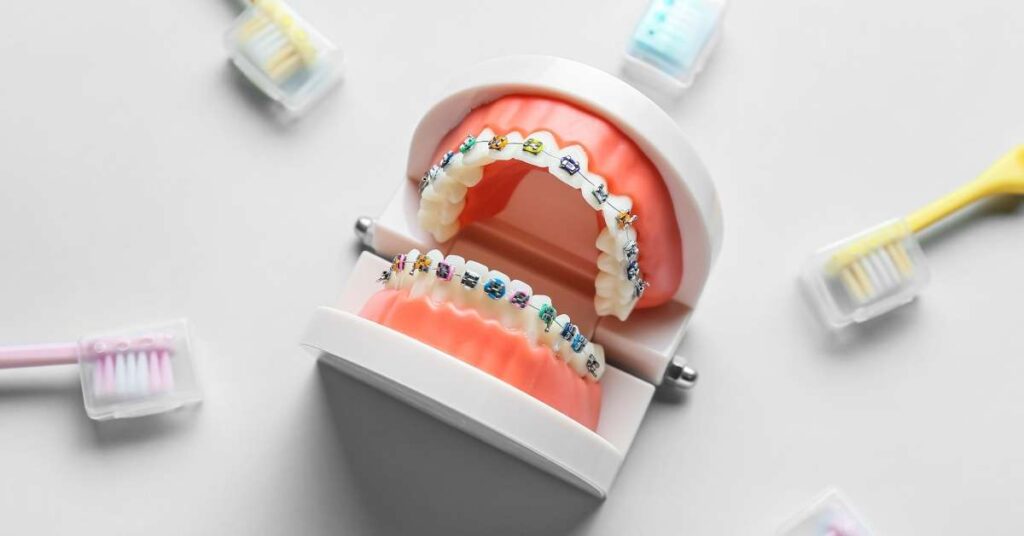
Related Posts:
- Where To Place The Tongue When Mewing
- How To Tell If You’re Mewing Correctly: Signs To Look Out For
- Mewing While Sleeping: Is It Possible?
Related Questions:
How Should Your Teeth Be When Mewing?
It’s most important that your teeth are comfortable when mewing. This usually means that your teeth will be very close, or very lightly touching. Mewing practitioners call this the ‘butterfly touch.’
Should Your Teeth Be Touching?
When you are biting and chewing, your teeth should be able to comfortably touch. When you are resting, your teeth should be in close contact, or, according to some dentists, they can be gently touching. If you don’t have a comfortable bite and resting position, you may want to talk to a dentist or orthodontist.
Does Mewing Align Teeth?
While many proponents believe that mewing can align teeth, there is no research to suggest that it can straighten teeth. The goal with mewing and good tongue posture is often to improve both health and facial appearance, but not to straighten teeth.
How Do You Know If you’re Mewing Correctly?
To tell if you are mewing correctly, plug your nose. It should be difficult or impossible to breathe through your nose if you are mewing correctly. You can also look at your profile in the mirror. If you are mewing correctly, you should see your jawline become more defines. For more information, read my full post on this topic here.
When Should Teeth Be Touching?
Most dentists will say that your teeth should only be touching when you are chewing and biting food. Orthotropic dentists like Dr. Mew say it’s ok for your teeth to be in very gentle contact, even at rest, as long as you are not grinding or clenching.






